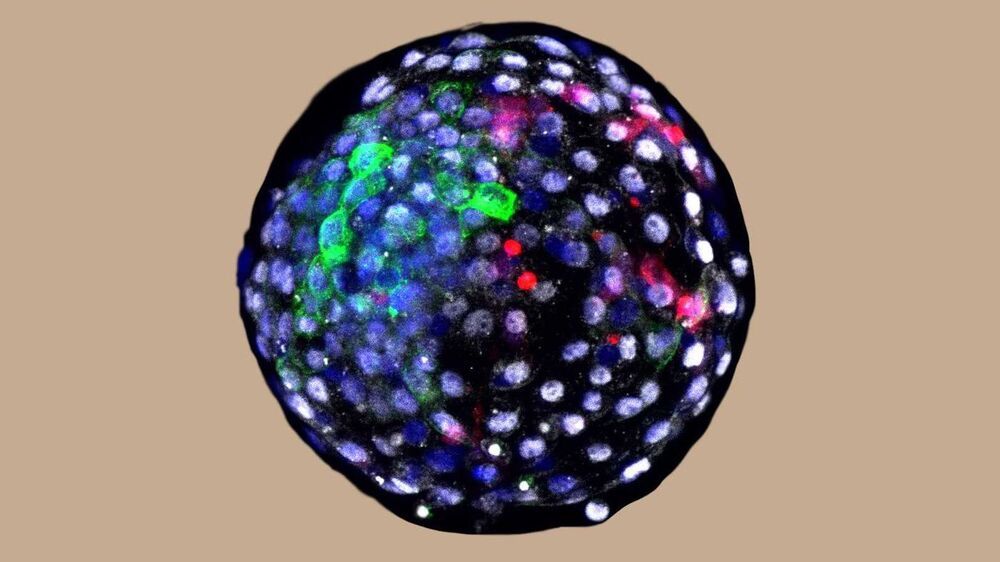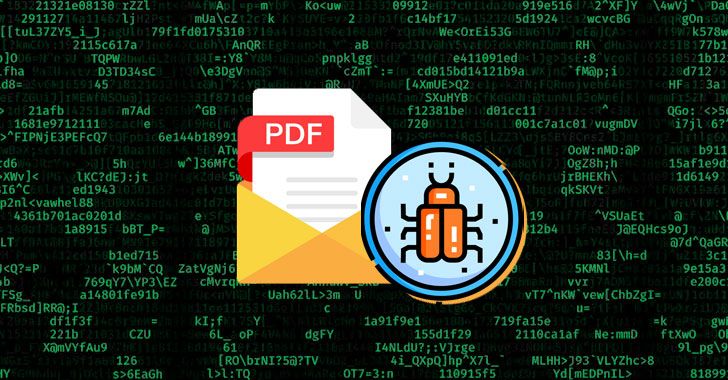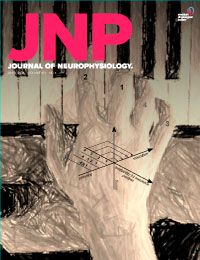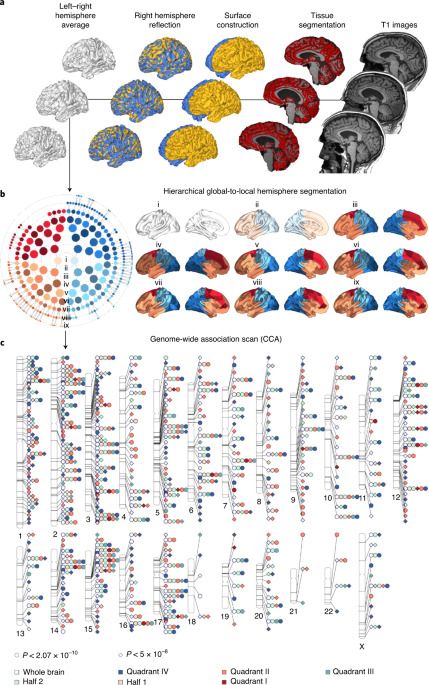This is one of the major problems in medicine — organ transplantation,” said Juan Carlos Izpisua Belmonte, a professor in the Gene Expression Laboratory of the Salk Institute for Biological Sciences in La Jolla, Calif., and a co-author of the Cell study. “The demand for that is much higher than the supply.
An international team has put human cells into monkey embryos in hopes of finding new ways to produce organs for transplantation. But some ethicists still worry about how such research could go wrong.







